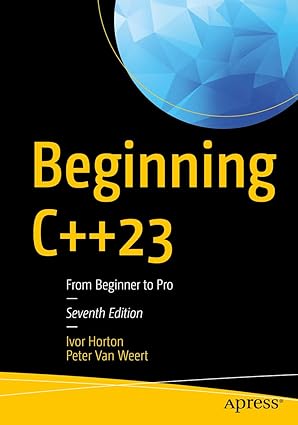
20 Best Agile Development Practices for High Performing Software Teams
Explore proven Agile development practices to enhance collaboration, prioritize customer satisfaction, and streamline workflows. From iterative sprints to continuous improvement, this guide covers essential strategies for successful Agile implementation

How Google Tests Software
How Google Tests Software offers a rare glimpse into Google’s testing methodologies, blending theory with practical insights. This review explores its key features, strengths, weaknesses, and target audience, making it a valuable resource for anyone in software development.

Truevision 3D: A Comprehensive Overview
Truevision 3D is a game engine that has been a significant player in the world of 3D game development. Known for its versatility and ease of use, Truevision 3D has been utilized by both indie developers and professional studios to create a wide range of games and simulations.

Why Version Control Systems Are Essential for Developers: Benefits, Tools, and Tips
Version Control Systems (VCS) are the backbone of modern software development, enabling developers to track changes, collaborate seamlessly, and deliver high-quality code. In this comprehensive guide, we explore why VCS is essential for developers, the benefits it offers, and the top tools like Git, GitHub, and GitLab. Whether you’re a beginner or an experienced developer, learn how to use VCS effectively with practical tips, real-world use cases, and insights into the future of version control. Start streamlining your workflow today!

Data Structures and Their Role in Streamlining Daily Programming

Kickstart your coding journey with Beginning C++23 – the ultimate guide to mastering the latest in modern C++ programming!
View on Amazon
Data structures are essential for efficient programming, enabling optimal data storage, retrieval, and management. This article explores key data structures in C++, including arrays, linked lists, stacks, queues, hash tables, trees, and graphs. Each structure is explained with practical examples, highlighting its use cases and efficiency considerations. Choosing the right data structure improves performance, reduces memory usage, and enhances scalability. Understanding their strengths and limitations helps programmers write optimized and effective code.
